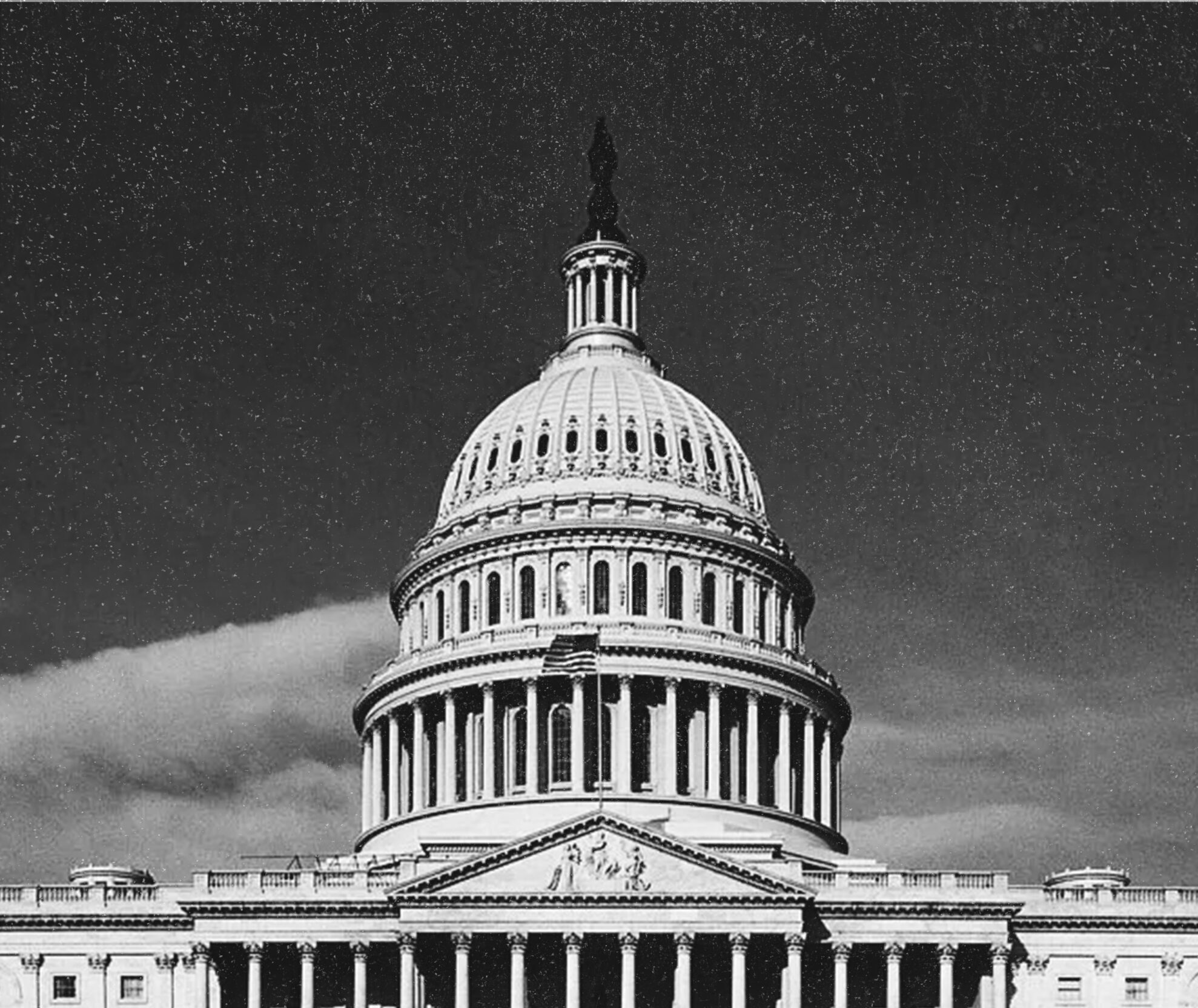
America’s banking system is unusually panic-prone, and always has been. This is because the politics of money and banking results in a host of regulations that are good for political and financial insiders, but costly for the rest of society. Today, policies such as deposit insurance weaken the incentives of bank depositors to monitor shareholders, and “too big to fail” has been the de facto law of the land since the Continental Illinois bailout in 1984. Banks rationally respond by taking on too much risk. Periodic crises are not the result of an inherent flaw in “financial capitalism.” They’re a predictable result of a system that is fragile by design.
The government attempts to curb excessive bank risk with top-down regulation. This is a poor strategy. Capital requirements, asset quality standards, and similar rules might seem like a good idea. But on closer examination, they’re bad in theory and in practice. Regulatory rules are one-size-fits-all solutions to a highly situational and complex problem. Our financial regulation system has not made banking much safer. Its chief result seems to be increased power for the Treasury Department, the Federal Reserve, and Wall Street mega-firms, rather than systemic robustness.
Regulation isn’t the only way to curb excessively risky behavior by banks. History affords us another intriguing option: extended liability regimes.
The corporate form limits the liability of bank shareholders. They can’t lose any more money than they invest. But many historical banking systems required banks to adopt a liability regime that entailed additional downside risk. Under extended liability, if a bank failed and had outstanding liabilities, bank depositors (those creditors of the bank with the most senior claim) could go after bank shareholders’ personal wealth. Double liability meant investors could lose up to $2 for every $1 invested. Triple liability meant up to $3 for every $1 invested. And unlimited liability meant that bank shareholders’ entire fortunes were on the line if the bank went belly-up.
Extended liability significantly changes the incentives for bank shareholders. Remember, it’s the bank’s owners that ultimately determine its portfolio, and hence its risk profile. Limited liability is a barrier protecting against losses greater than the initial investment’s dollar value. Extended liability implies bank investors can lose more than their initial investment, with the amount determined by the specific regime. This increases the potential losses due to risky behavior, but does not increase the potential profits. Hence, bank shareholders should be more judicious about the risks they take under extended liability regimes.
As we’ve seen, moral hazard is a major problem in America’s banking system. In economics, “moral hazard” refers to an agent’s propensity to take on more risk once they’ve insured or protected themselves against that risk. You buy life insurance, for example, then you decide you’ve always wanted to try skydiving. Good rules, including social institutions, should deter moral hazard. Our regulatory system for banking and finance does the opposite. Every potential and actual crisis since the mid-1980s has told financial elites that political elites are more than happy to force taxpayers to absorb losses. While firms are occasionally allowed to fail (remember Lehman) the Fed’s decisions clearly tilt towards rescue. In effect, we’ve privatized profits but socialized losses. Flip a coin. If it comes up heads, the bank makes extraordinary profits. If it is tails, Main Street picks up the tab. It’s totally unsurprising that banks in such an environment would respond by embracing risk.
Regulation, deposit insurance, and other banking policies don’t make American finance any safer. If anything, they make it riskier. Rather than trying to engineer away the consequences of excessive risktaking, we should seriously think about getting banks to do the hard work for us. The best way to reduce systemic risk is to give the risktakers the incentive to economize on risk. An extended liability regime for banking is a simple and elegant way to improve incentives. We should seriously consider it.




